A common request we get as part of a landscape design is screening. People don’t want to look at their HVAC units, electric meters, or their neighbors’ trampoline. Screening or buffers can also be utilized to separate different uses within a single space or to diminish wind and/or sunlight. Consider where, what and why you want to screen – a view from a window, an unsightly view or feature, a neighbor, privacy needs, creating ambiance, or highlighting a view with strategically placed plants or features. The two primary options for screening are green/living and manmade.
Manmade screens are not just limited to privacy fencing. Using latticework or a custom stamped metal panel offers an appealing alternative to a wall of lumber. Coupled with plant material, a manmade screen can become an element that naturally melds with the landscape. These screens can also be complimentary to adjacent architecture or be features on their own right.
Maintenance is an important consideration with any type of screen, but for manmade it may determine the type of material you use. Wood for example may need routine staining and sealing. In addition, take into consideration the stability and weight of a manmade screen to determine if you need footers or another type of support system. For example, some types of metal are intended to oxidize or rust with age creating a striking patina. This can be a nice low maintenance alternative for a screen, but the weight of metal may require some anchoring.
Plant material also makes an excellent visual barrier but pay particular attention to the mature size of the plants you utilize. Evergreens commonly are used because of the advantage of year-round coverage. Keep in mind that a relatively small evergreen Thuja (North Pole Arborvitae) can top off at 10-15’ with a spread of 5’; whereas a larger species of the same genus (Green Giant Arborvitae) can reach 50-60’ tall and 15-20’ wide. Both work wonderfully well for screening, but a 5’ wide tree would serve little purpose in screening a trampoline and no one needs a 20’ wide tree 5’ away from their house to block a gas meter.
Deciduous plants also can provide depth to your screening when combined with evergreens. Plant material works best when it is tiered or layered to add depth, texture, and height variance. Deciduous and evergreen plant material also can be staggered to create a wider screen or buffer with the same amount of plants as a single row. Spacing plants off-centered from one another also can allow the creation of a screen quicker. Even immature plants can be utilized to create a screen when they are spaced off-centered from one another. The downside to planting in a single line is waiting for plants to mature and meet in the middle, another reason why tiering or staggering can be ideal and more interesting. On a smaller scale, flowering vines along a trellis or deck panel can provide a screening solution in summer when you use your backyard space more.
So, while there are many available options for screening that obtrusive utility box or flashy neighbor, keep in mind the longevity of materials and the mature sizes of plants. Also take into consideration the maintenance that you may be creating for yourself down the road. Ideally you want the end result to be a solution that enables you to enjoy your outdoor space even more.
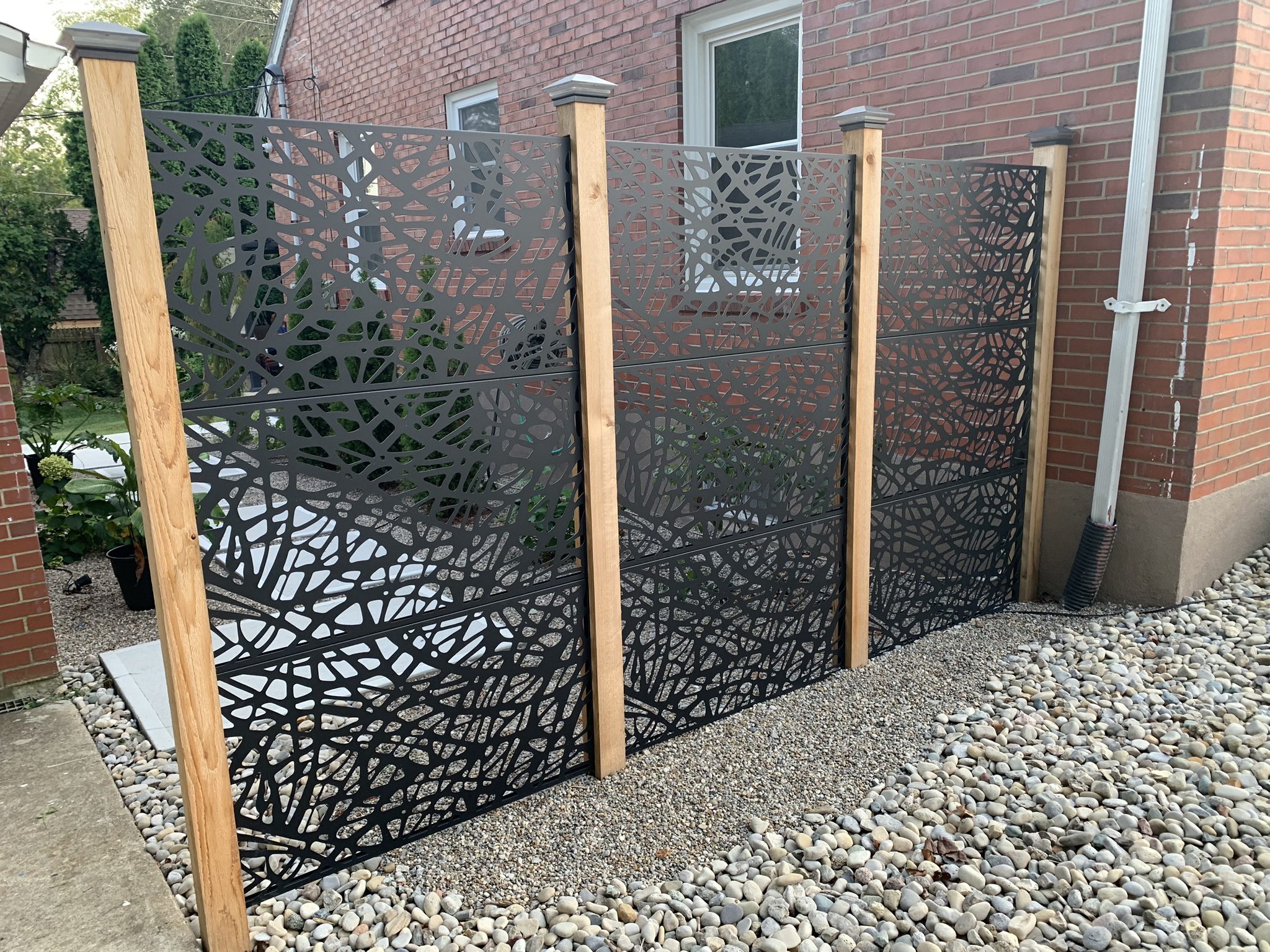
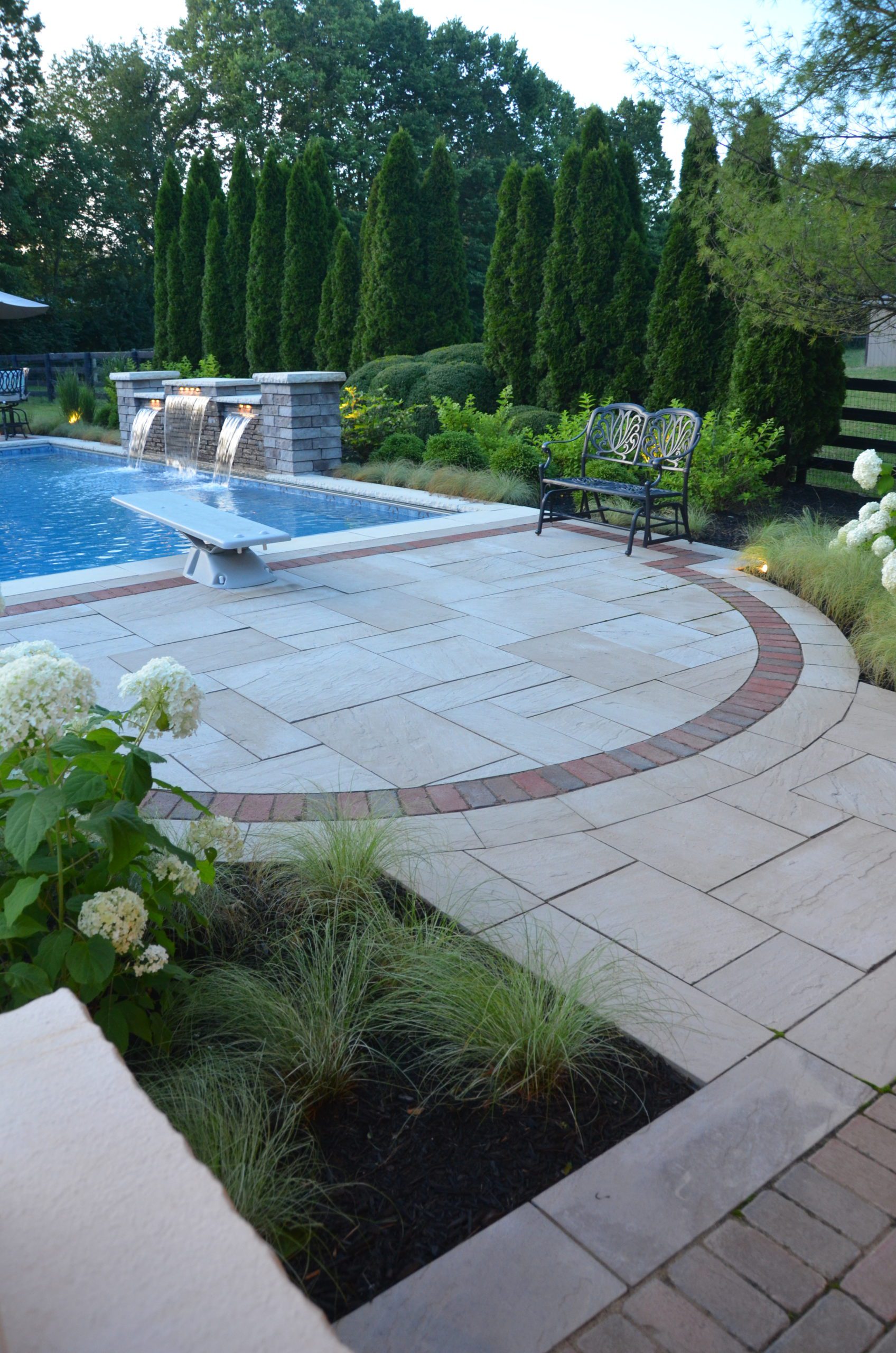
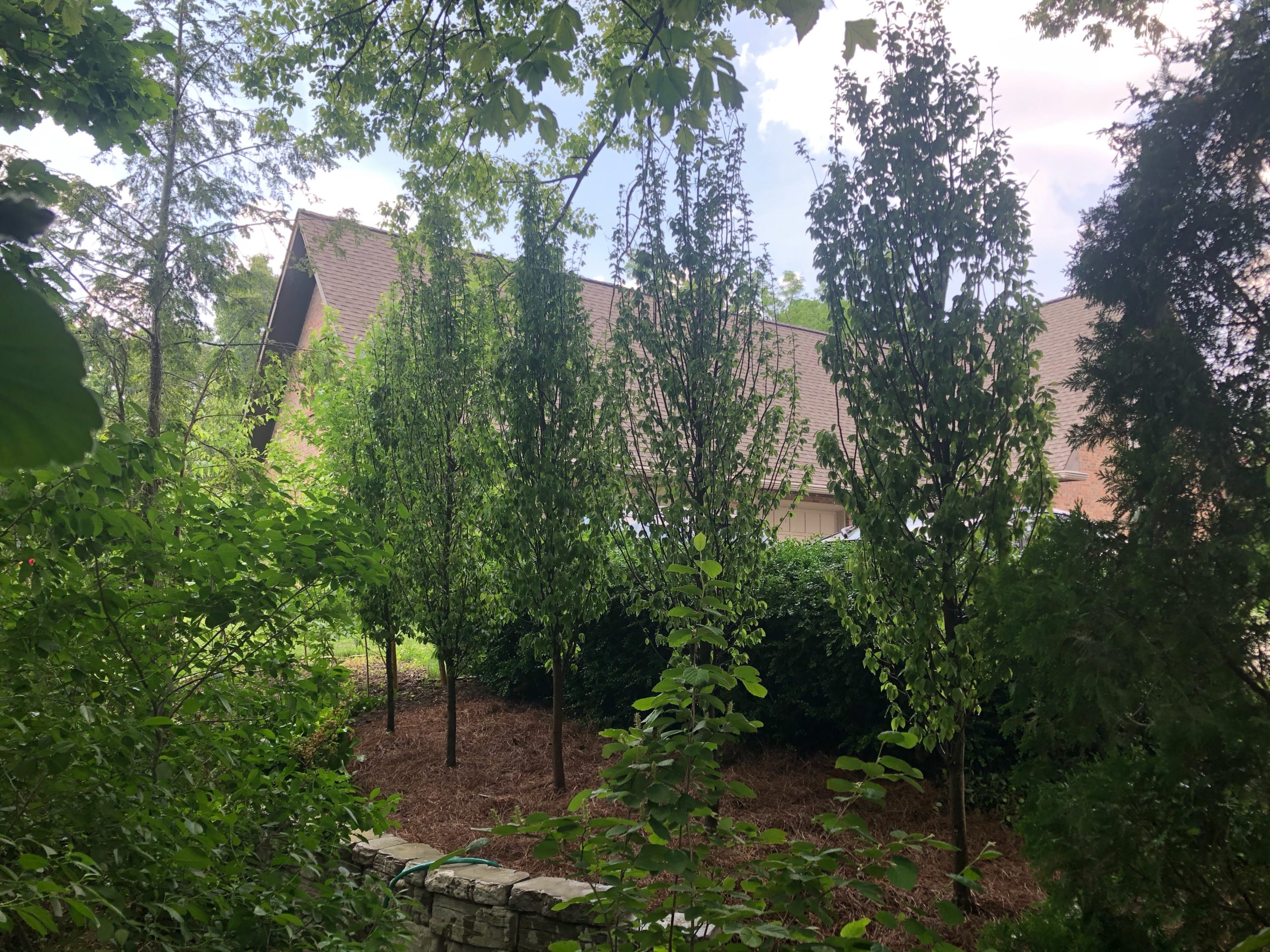
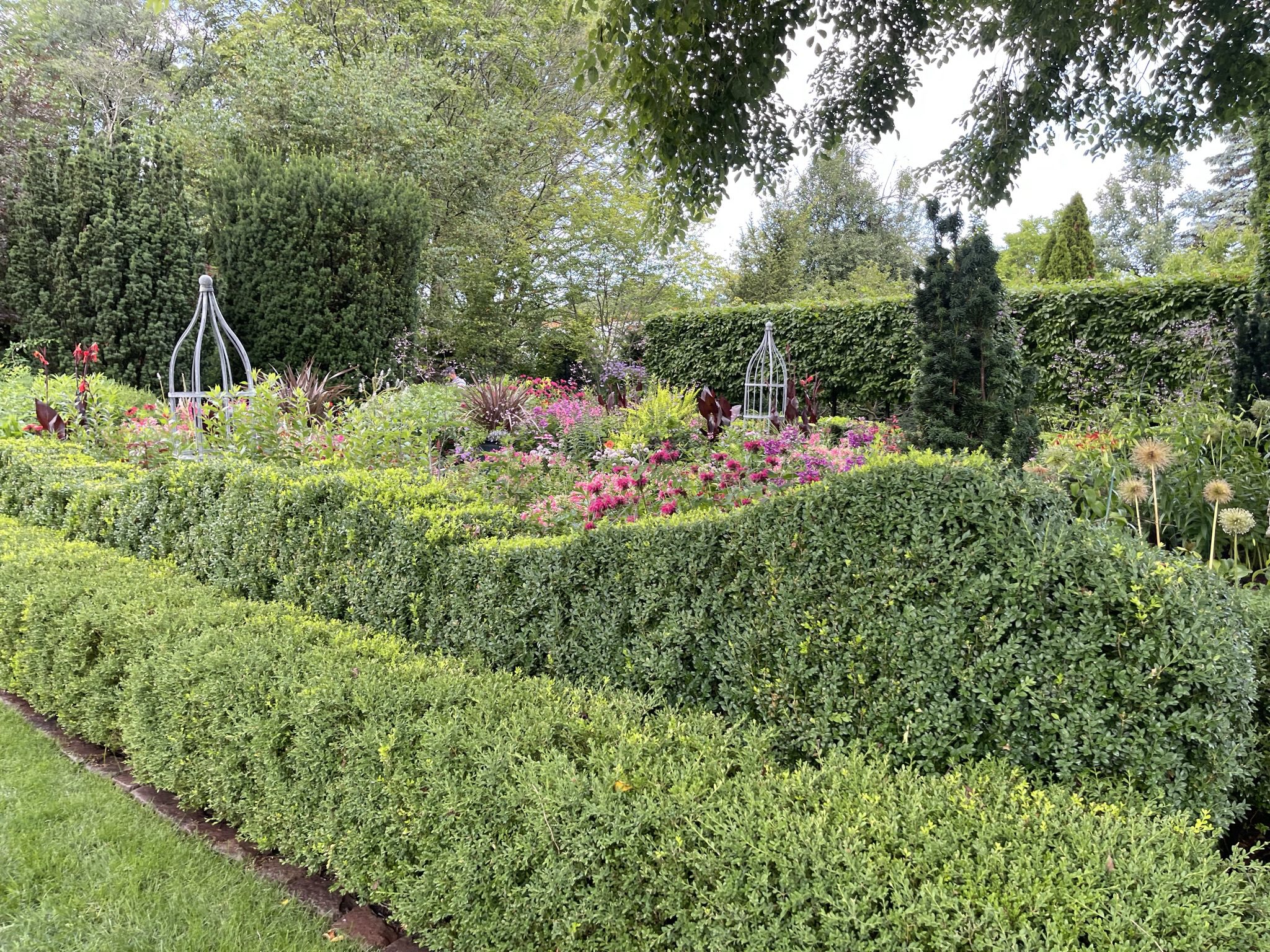
by Craig Bergman, Chicago
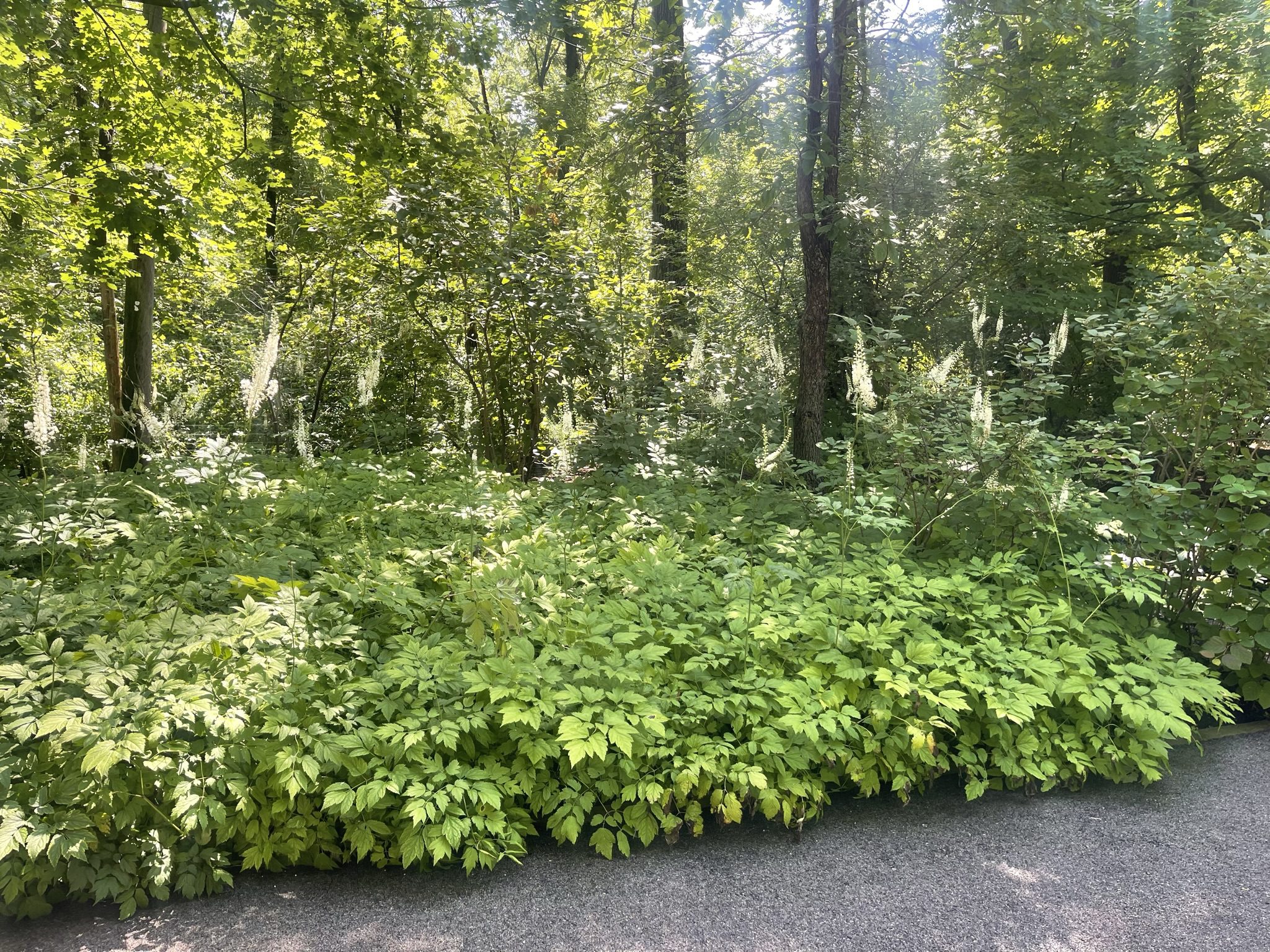
by Mariani Chicago